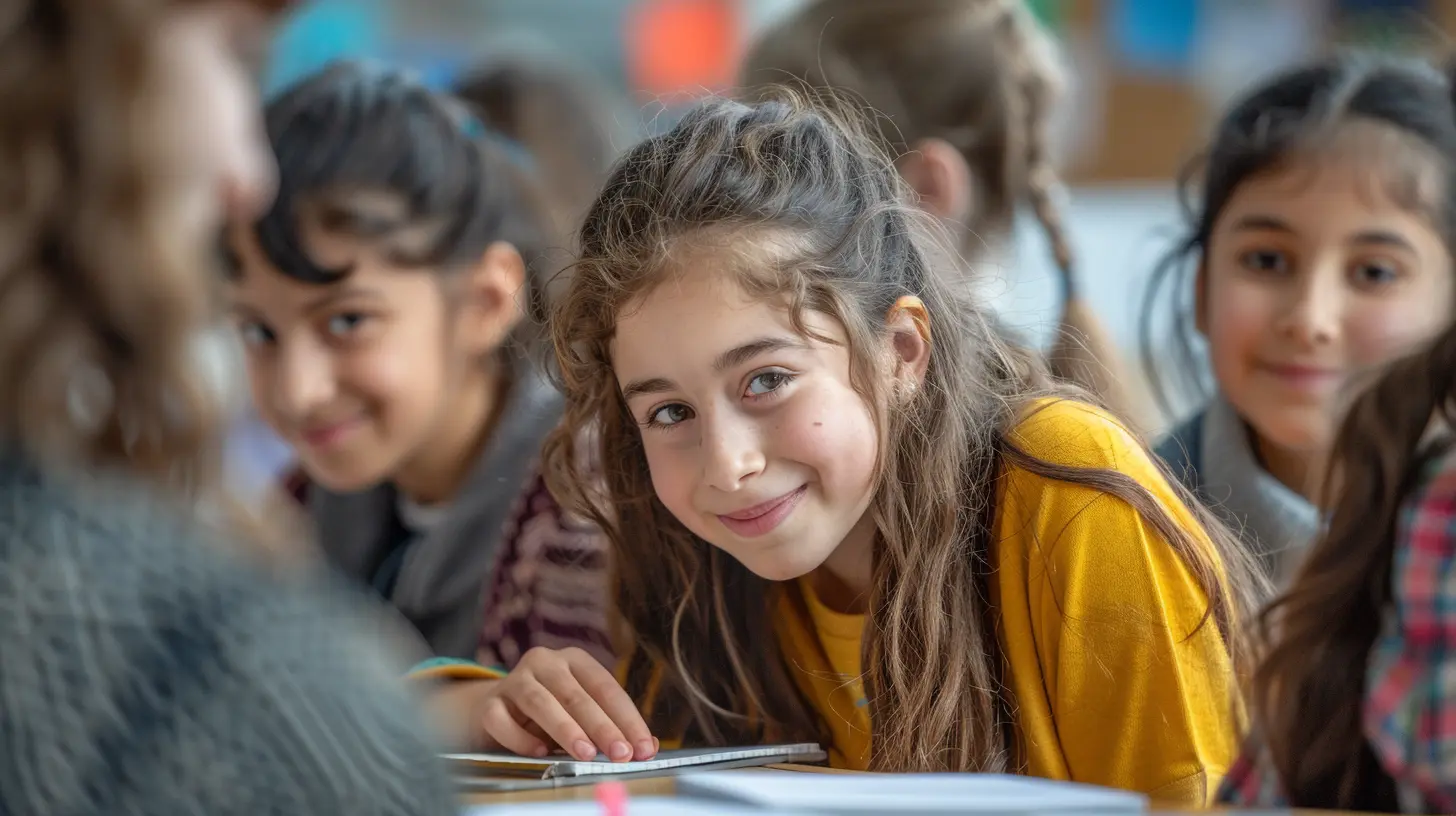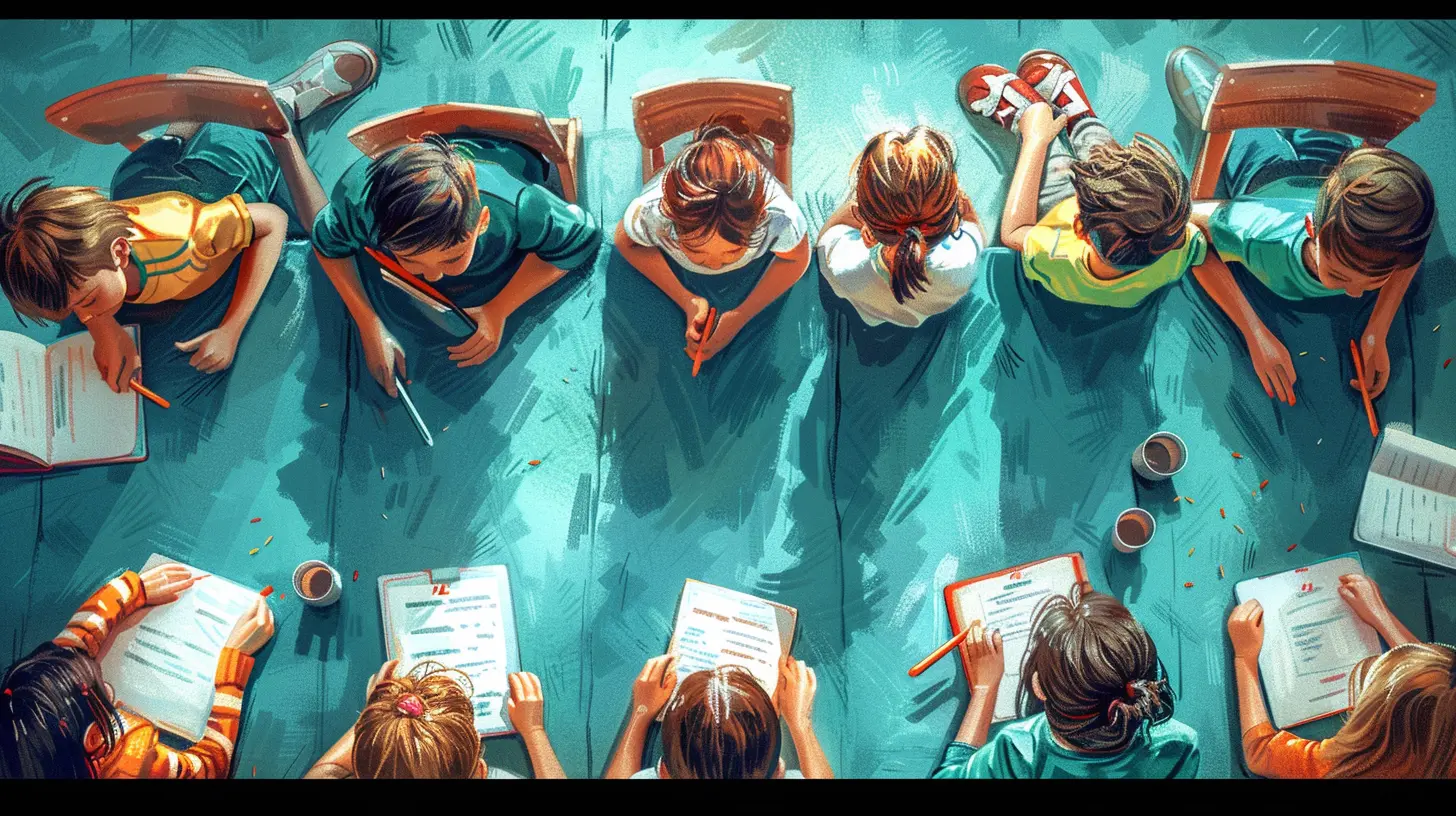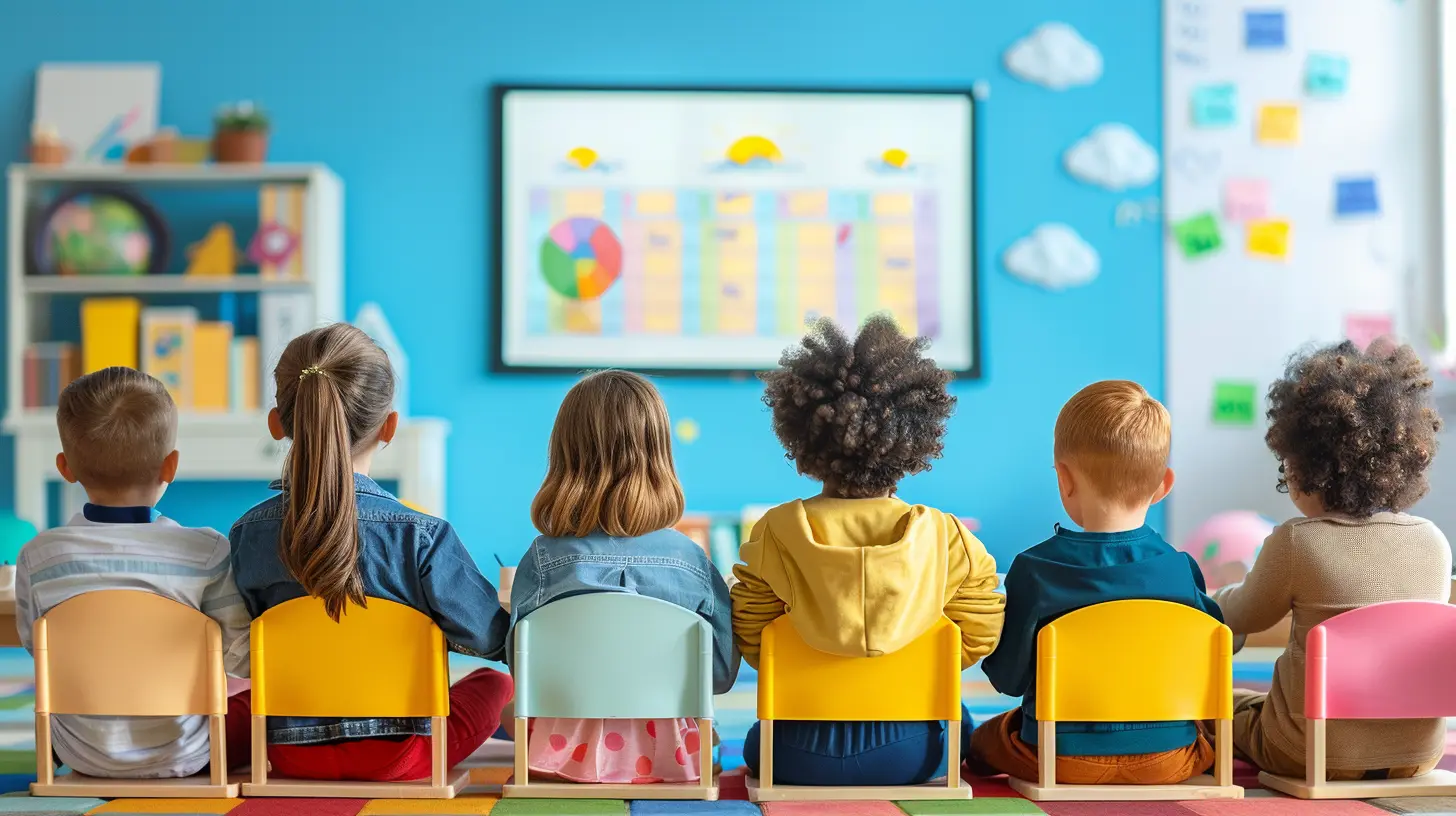16 December 2024
When it comes to education, there's no shortage of buzzwords: flipped classrooms, blended learning, and yes, collaborative learning. But have you ever wondered how peer assessment fits into the mix? Whether you’re a student, teacher, or just someone curious about how learning happens, you'll want to stick around. We’re diving deep into the role of peer assessment in collaborative learning—why it matters, how it works, and what makes it a game-changer for learners everywhere.
What Exactly Is Collaborative Learning?
Before we jump into peer assessment, let’s backtrack for a second. Collaborative learning is one of those concepts that sounds fancy but is really pretty simple. It’s when students come together to work on a task, solve a problem, or complete a project. In other words, it’s learning as a team effort.Think about it like this: If traditional learning is a solo act, collaborative learning is more of a jam session. Everyone brings their own instrument (or knowledge), and together, they create something that’s better than any individual effort could ever be.
But here's the kicker—collaborative learning isn’t just about working in a group. It's about interacting, reflecting, and improving through shared experiences. This is where peer assessment comes in, and trust me, it's not just some extra task to tick off your to-do list.
What Is Peer Assessment?
Okay, let’s break it down. Peer assessment is when students evaluate each other’s work. It’s not just about giving a thumbs-up or thumbs-down; it's about providing constructive feedback that helps everyone improve. And no, it’s not the same as a teacher grading your paper. It’s more informal, more personal, and (believe it or not) more valuable in some ways.When done correctly, peer assessment isn’t just about finding mistakes. It’s about understanding different perspectives, learning how to give (and receive) feedback, and improving your own skills by evaluating others.
Doesn't that sound like something more meaningful than just receiving a grade from a teacher who has to mark 100 other papers?
Why Is Peer Assessment Important in Collaborative Learning?
You’re probably thinking, "Why bother with peer assessment when the teacher can just do the grading?" Good question! But here’s the thing: peer assessment has some advantages that traditional assessments don’t.Let’s walk through why it matters so much in a collaborative setting.
1. Promotes Critical Thinking
When students assess their peers, they’re forced to go beyond surface-level understanding. You can’t just say, "This is good" or "This needs work" without explaining why. This encourages critical thinking—you’re analyzing, comparing, and contrasting different approaches to the same task.Plus, it’s kind of like getting a backstage pass to someone else’s thought process. You get to see how they approached the task, which might spark new ideas in your own mind. It’s a total win-win.
2. Encourages Active Engagement
In a collaborative learning environment, passive participation just doesn’t cut it. Peer assessment keeps everyone on their toes. You’re not only responsible for your own work but also for giving meaningful feedback to your peers. This makes you an active participant, not just a bystander.Think of it like a sports team. You wouldn’t just sit on the bench and watch your teammates play, right? Peer assessment ensures that everyone is actively involved in the learning process, contributing to both their own growth and the growth of others.
3. Fosters Communication Skills
Let’s be real—giving feedback is an art. You can’t just blurt out, "This is terrible!" without causing some serious tension in the group. Peer assessment teaches students how to communicate effectively. You learn how to express your thoughts clearly and kindly, which is a skill that’s useful far beyond the classroom.Not only that, but receiving feedback also helps you grow a thicker skin. It’s never easy to hear that your work isn’t perfect, but in a supportive, collaborative environment, it becomes something constructive rather than discouraging.
4. Builds a Sense of Responsibility
In collaborative learning, success is shared, but so is responsibility. Peer assessment gives students a greater sense of ownership over their learning. When you know your peers are going to review your work, you’re more likely to put in that extra effort. It’s a form of accountability, but instead of fearing the judgment of a teacher, you’re working to meet the expectations of your peers.
How Peer Assessment Enhances Learning Outcomes
We’ve established that peer assessment plays a vital role in collaborative learning, but how does it actually improve learning outcomes? The answer lies in the unique way it activates both cognitive and emotional responses.1. Deeper Understanding of Content
When students assess each other’s work, they’re not just engaging with the material passively. They’re actively applying their knowledge in a new context. This helps solidify their understanding of the content. Think of it like explaining a concept to someone else—often, you understand it better yourself after doing so.2. Self-Reflection and Metacognition
Through peer assessment, students often end up reflecting on their own work as well. When you see a peer make a mistake or take a different approach, it can prompt you to reconsider your own understanding. This process is known as metacognition—thinking about your own thinking—and it’s a key component of effective learning.3. Motivation and Confidence Boost
There’s something incredibly motivating about knowing your peers are looking at your work. It pushes you to do better. And when you receive positive feedback, it can be a huge confidence booster. Even constructive criticism can feel empowering when it’s delivered in the right way. You’re not just improving because you "have to" for a grade—you’re improving because you want to contribute to the group’s success.Challenges of Peer Assessment in Collaborative Learning
While peer assessment has a ton of benefits, it’s not without its challenges. Let’s be real—there’s no such thing as a perfect system. Here are a few of the common hurdles:1. Bias and Inaccuracy
Let’s face it—students aren’t always the most objective graders. Sometimes personal relationships (or rivalries) can influence the feedback given. And even with the best intentions, students may lack the expertise to accurately assess the quality of work.2. Fear of Peer Judgment
For some students, the idea of being critiqued by their peers can be terrifying. They might hold back on expressing themselves fully out of fear of being judged harshly. This can limit creativity and risk-taking, both of which are essential for deep learning.3. Inconsistent Feedback Quality
Not all feedback is created equal. Some students may provide detailed, thoughtful critiques, while others might offer vague or unhelpful comments. This inconsistency can be frustrating for students who are looking for meaningful insights.How to Ensure Effective Peer Assessment
Now that we know some of the challenges, how can educators ensure that peer assessment is effective in a collaborative learning environment?1. Clear Guidelines and Rubrics
One way to avoid bias and inconsistency is by providing clear guidelines. A detailed rubric can help students know exactly what to look for when assessing their peers' work. This adds a layer of objectivity to the process.2. Training on How to Give Feedback
Giving good feedback isn’t something that comes naturally to everyone. Teachers can spend some time training students on how to provide constructive, actionable feedback. Simple guidelines like "focus on the work, not the person" can go a long way.3. Create a Safe Environment
If students are going to be open to giving and receiving feedback, they need to feel safe. This means fostering a classroom culture where mistakes are seen as part of the learning process, not something to be ashamed of.The Future of Peer Assessment in Education
As technology continues to evolve, so does the practice of peer assessment. There are now digital tools and platforms that make it easier for students to give and receive feedback. These tools can help streamline the process, making it more efficient and less intimidating.But no matter how advanced the tools become, the heart of peer assessment will always be the same: students helping each other grow. In a world that’s becoming more interconnected, the ability to collaborate, communicate, and think critically is more important than ever. Peer assessment, when done right, helps build these essential skills in a way that traditional assessments simply can’t.
Conclusion
Peer assessment is more than just a box to tick in a collaborative learning environment. It’s a powerful tool that encourages critical thinking, fosters communication, and builds a sense of responsibility. Sure, it has its challenges, but with the right guidance and structure, it can lead to deeper learning and more engaged students.So, the next time you’re working in a group, don’t just think of peer assessment as extra work. Think of it as an opportunity to learn not only from your peers but also about yourself. And who knows? You might even enjoy it.












Amber Cruz
Peer assessment enhances collaborative learning by promoting critical thinking and accountability among students. It fosters a deeper understanding of content, encourages constructive feedback, and develops essential skills like communication and teamwork, ultimately enriching the educational experience and boosting engagement.
February 7, 2025 at 4:19 AM